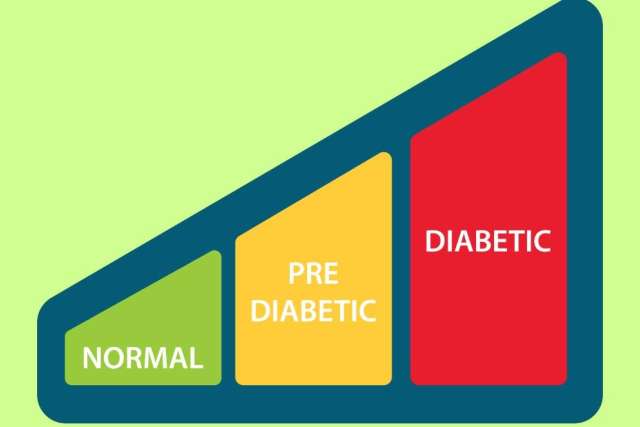Dear Doctors: My best friend has diabetes. She used to do finger sticks, but now she has a wearable glucose monitor. How do they work? It’s got me wondering if it might be a good idea for me to use one, too. I’m 66 years old, and as I’m getting older, I worry more about developing Type 2 diabetes.
Dear Reader: Your question gives us an opportunity to address an error that appeared in a recent column in which we discussed blood-sugar control. It occurred due to an edit that was made during the publishing process, and was brought to our attention by a reader in Nebraska. (Thank you.) The correct information is that the risk of developing Type 2 diabetes, as well as prediabetes, increases with advancing age. The data show that people who are 45 or older, are overweight or obese, are sedentary, or who have a family history of diabetes are at increased risk of developing Type 2 diabetes. Other contributing factors include poor diet, poor sleep and metabolic issues tied to insulin resistance. With all of this in mind, your concern about keeping your blood sugar within a healthy range is well-founded. And that brings us to the subject of your question.
A continuous glucose monitor, also known as a CGM, is a wearable medical device that allows someone to track their blood-sugar levels in real time. A tiny filament implants into either the upper arm or the belly and sits in the tissues just below the skin. It’s attached to a wireless transmitter that sends the collected data to the device. Depending on the brand of the device, that data can be read on a cellphone app, a smart watch or a dedicated receiver. Some CGM devices can be applied by the user at home. Others require a visit to a health care professional. The length of time that a sensor is meant to remain embedded ranges from a few days to a few months, again depending on the specific device.

Although most CGM users have diabetes, we sometimes recommend the 14-day variety for certain non-diabetic patients as a one-time learning exercise. Seeing how specific foods and activities affect blood sugar teaches them to make more informed choices. Your own doctor can help you decide if this would be useful for you.
At UCLA Health, our Division of Endocrinology, Diabetes and Metabolism consistently ranks among the top programs of its kind in the nation. Learn more and schedule your appointment.
(Send your questions to [email protected]. Owing to the volume of mail, personal replies cannot be provided.)





